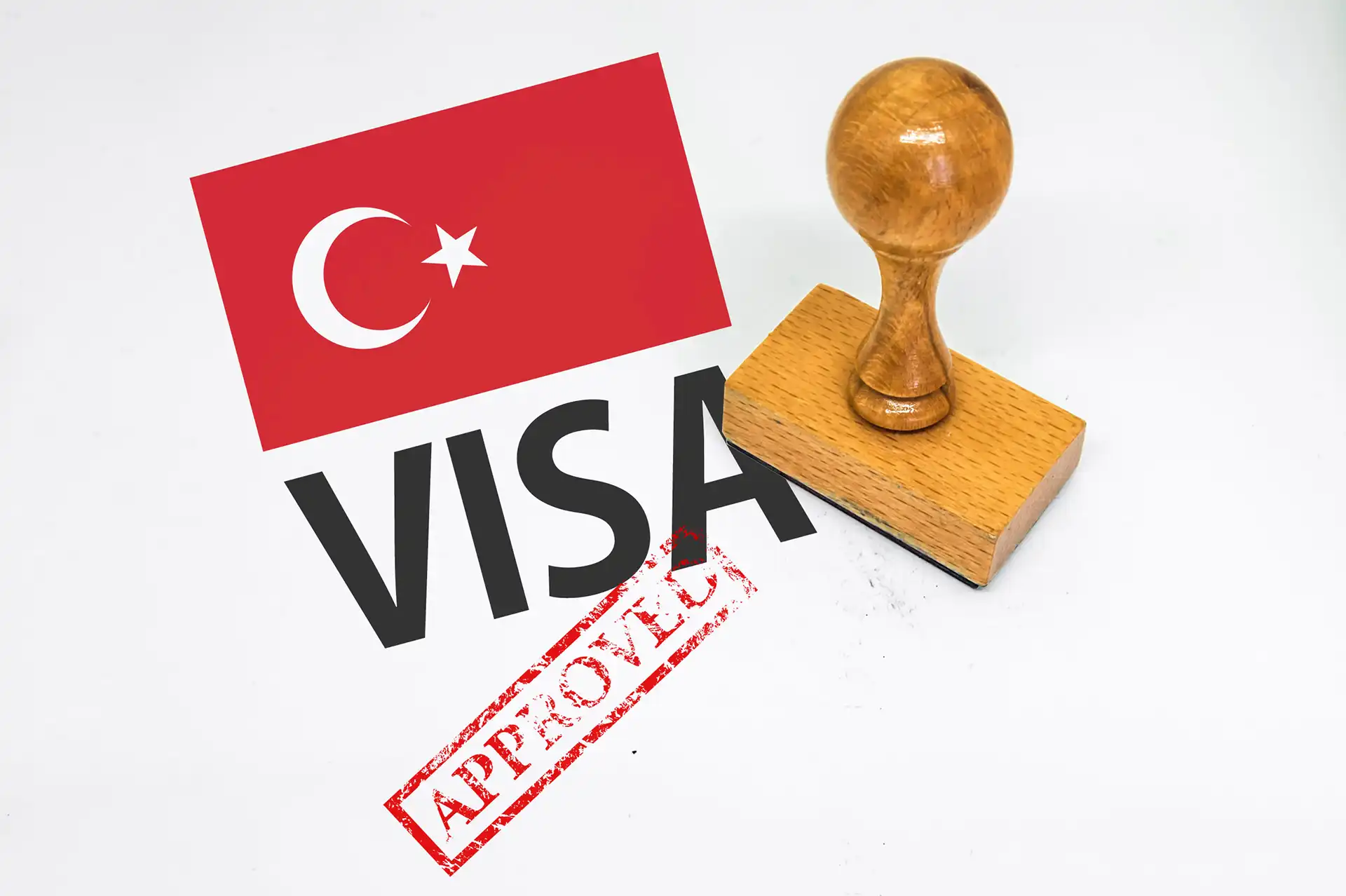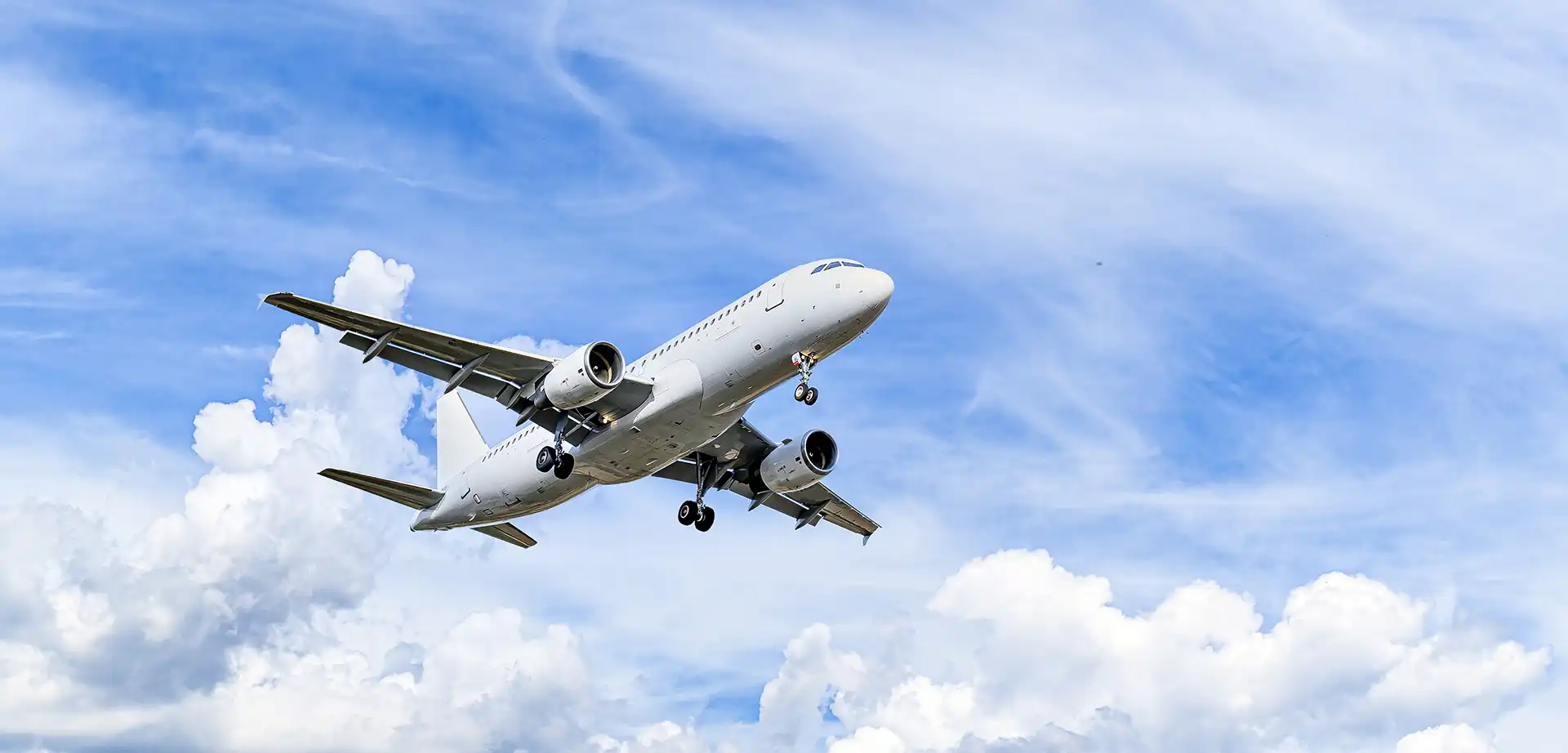

Romania
Romania passport ranking
The Romanian passport is currently ranked 12th place on the Guide Passport Index. It provides visa-free access to 177 countries. With a high mobility score it is one of the best ranking passports in the world. Romanian passport holders have visa-free access and visas on arrival to countries such as United Kingdom, United Arab Emirates, Japan and the entire European Union. This allows almost instant travel opportunities worldwide. Romanian passport holders do however require a visa to enter about 52 destinations in the world. Some countries where a visa is required are India and the United States.
Romania Passport Ranking
The Romania passport ranking relative to other global passports is calculated by adding up the number of countries that allow Romania passport holders to enter without a visa (i.e. visa-free countries) and those that allow Romania passport holders to enter by obtaining a visa on arrival (i.e. visa-on-arrival countries) or an electronic travel authorization (eTA). There are currently a total of 142 Romania passport visa-free countries, 28 Romania visa-on-arrival countries, and 7 eTA destinations.
Altogether, Romania passport holders can enter a total of 177 destinations—either without a visa, through a visa on arrival, or via an eTA. As a result, the Romania passport ranks 12 in the world.
Separate from these Romania visa-free countries and visa-on-arrival countries, there are 52 additional destinations which Romania passport holders either need a physical visa to enter or an eVisa (i.e. visa required countries).
About Romania
Romania consists of 41 counties and is part of the European Union. The most important counties are Bucharest, Iasi and Prahova. The nation is situated in the middle of Central, Eastern and Southeastern Europe, bordering Bulgaria, Serbia, Hungary, Ukraine, Moldova and the Black Sea. Romania is the 12th largest country in Europe with a surface area of 238,397 square kilometers. Its climate is mostly temperate continental with a oceanic climate in the eastern coast. The terrain is defined by the Carpathian Mountains, hills and plains.
The overall population is over 19.1million people, making it the 10th most populous country in Europe. The capital of the country is Bucharest, which is also the most populated city with 2.1 million inhabitants. Other important cities are Cluj-Napoca and Timisoara. The largest airport is Henri Coanda International Airport (OTP) with 14 million annual passengers. Cluj International Airport (CLJ) is the second biggest airport with 2.9 million yearly passengers. Both airports together cover domestic and international routes connecting Romania to the European Union and beyond.
Romanian culture is dominated by Eastern European and Armenian influences. There is a multi-national mix and the Easter Orthodox Religion is predominant. The official language is Romanian. The legal system is based on the Civil Law. The government type is a semi-presidential republic. The chief of state is the elect President Klaus Werner Iohannis and the head of government is the elected Prime Minister Ludovic Orban.
The official currency is the Romanian leu (RON) with the current exchange rate being RON 4.62 to the USD. The country has an open economy, generating a GDP of approximately $525 billion, which puts it on the 13th spot in the European Union. Its citizens have a per capita income of $29,555. The GDP is mostly made up of 2 key sectors, which are services and industry. Some of the most important export products are electric machinery, auto assembly, wheat, corn, barley and sugar beets.
Romania has a variety of urban and natural tourism destinations. There are 8 UNESCO world heritage sites in the country. Some of the major destinations include the Wooden Churches of Maramures, Poiana Brasov, Corvin Castle, the Sucevita Monastery, Transylvania and the Palace of the Parliament. The nation has a total of approximately 16.7 million tourists visiting every year with the majority originating from Europe and its surrounding countries.










































